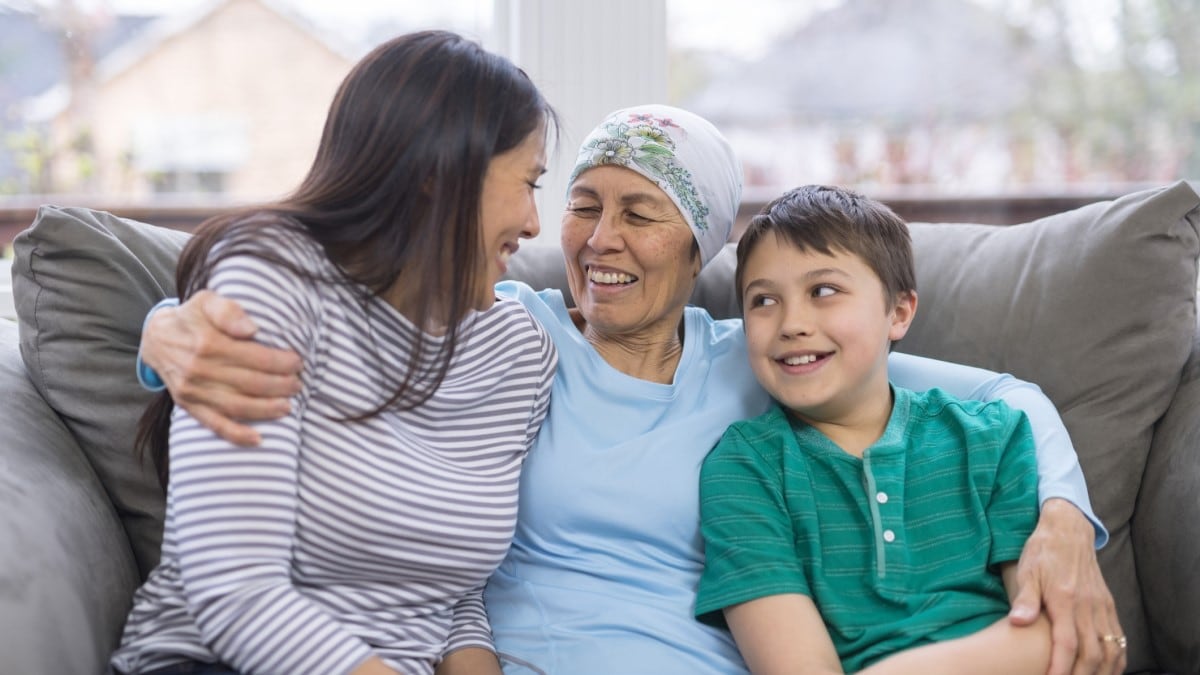What to know
CDC works with partners to make sure everyone in the United States can get the cancer care they need.

Overview
Health equity in cancer is when everyone has an equal opportunity to prevent cancer, find it early, and get proper treatment. CDC works to end cancer disparities and improve the health of all Americans.
People can lower their risk of getting many kinds of cancer by making healthy choices like avoiding tobacco, keeping a healthy weight, and protecting their skin from the sun. Screening tests can find some cancers early, when treatment works best.
Many people don’t get the screening tests they need because they have a low income, don’t have health insurance, or have trouble going to a doctor. CDC works with partners to educate people about cancer and increase screening among groups of people who are more likely to get or die from cancer.
Breast and cervical cancers
CDC’s National Breast and Cervical Cancer Early Detection Program provides free or low-cost breast and cervical cancer screenings and diagnostic services to women who have low incomes and are uninsured or underinsured.
For example, the Oglala Sioux Tribe lives mostly in Oglala Lakota County, South Dakota. The county has the highest poverty rate of any county in the United States. Many Oglala Sioux women can’t afford transportation to the hospital or the health center, and many are uninsured. Several organizations worked together to help Oglala Sioux women get screened for breast and cervical cancer. From February to August 2020, 225 women got screened despite challenges caused by the COVID-19 pandemic.
Colorectal cancer
CDC’s Colorectal Cancer Control Program works with clinics, hospitals, and other health care organizations to increase colorectal cancer screening among people who are 45 to 75.
For example, the Eastern Iowa Health Center provides health care services regardless of patients’ ability to pay. It helps immigrants, refugees, people who are experiencing homelessness, and many others get health care. To increase colorectal cancer screening, staff gave out gas cards to patients with low incomes to help with transportation costs. A patient navigator also helps patients get screened.
Commitment to Patient Care Access: Making Colon Cancer Screening Accessible to All in Iowa
"Removing barriers to improve health equity is incredibly important," says Jennifer Borcherding, director of development at the Eastern Iowa Health Center, in this video.
Tobacco-related cancers
CDC’s National Comprehensive Cancer Control Program helps states, tribes, and territories create and implement plans to prevent and control cancer.
For example, Networking2Save is a group of national networks that works to prevent tobacco use and cancer in specific populations.
We can close the care gap
CDC’s Division of Cancer Prevention and Control (DCPC) strives for a world where all people are free of cancer. DCPC is working to advance health equity through research, programs, and partnerships.
You can help create a future without cancer.
- Talk to your doctor about cancer screening tests. If you don't have a regular doctor, contact your health insurance company or health department.
- Make healthy choices, like avoiding tobacco, protecting your skin from the sun, limiting the amount of alcohol you drink, and keeping a healthy weight.
- Take steps to lower your children's risk of getting cancer later in life.
